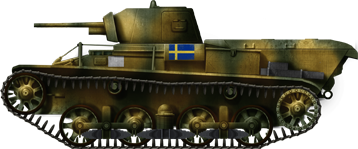Landsverk L-10 (M/31)
 Sweden (1933)
Sweden (1933)
Light Tank – 1 Prototypes +3 eval. vehicles
About AB Landsverk
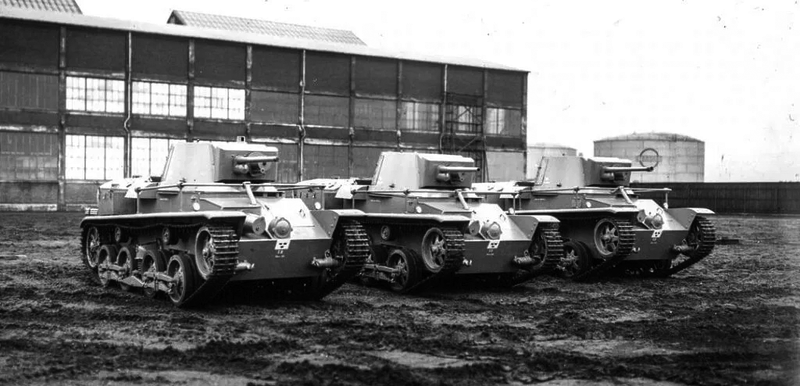
Landsverk L-10 just delivered
Not many nations were capable of creating a national tank from scracth. They could be counted barely on two hands. Sweden, with its long military tradition, was one of these. After a first attempt to follow the start of tankl warfare after WWI where the country remained neutral, the 1st training unit was created, using Strv m/21 tanks in 1921 as well as its 1st armoured car Platoon in 1926, with the Pansarbil m/25. But in 1929, the m/21 (based on a never built 1918 German design, the LK-II) already appeared obsolete, before being modenrized as a stopgap measure, hencve the m/29.
A new, modern tank was needed for the 1930s and Sweden like Austria and others looked at the inherent limitations of both armoured cars and tanks, and a solution in between, which led to the design of a wheel-cum-track armoured vehicle developed in collabortation with Germany, but in Sweden to go around the Versailles treaty limitations. Later an agreement was reached with USSR to develop medium and heavy tank in the Kuban weapons test center. But back to Sweden and the 1928 Räder-Raupen Fahrzeug was developed from an earlier patent into the Räder-Raupen-Kampfwagen, also known as the Landsverk L-5, six produced in all and evaluated enough to not adopt the formula, albeit Sweden's AB Landsverk rebooted the project as the L-30 later.
AB Landsverk was originally founded in 1872 as "Firman Petterson & Ohlsen" in Landskrona, hence the later name. By late 1920, the company was on the verge of bankruptcy, but was saved by heavy investments from the German Gutehoffnungshütte Aktienverein für Bergbau und Hüttenbereich Oberhausen, a 50% shareholder. By this "trojan horse" Germany expected to continue testing tanks ideas and prototypes out of the entente commission. The same was done for submarines at the Hague.
In 1923, the company was limited to tracked agricultural tractors and used an American design. But the German share went to 61% in 1925 and in 1928 the company became AB Landsverk with German engineer Otto Merker taking its head to develop armoured vehicles officially for the Swedish Army. In 1933, Lithuania ordered six armoured cars from the company, then the Netherlands in 1935 (L181, then L-180). In between the company worked on a "pure tank" and presented the L-10, seen here. It was not adopted, but greatly influenced the next L-60 in 1934, world's first with torsion-bar suspension. More would follow, equipping Sweden and Hungary under licence (Toldi). Post-WW2 the company was confiscated and sold to Kockums. Under this new guise, many new models were manufactured, the last being the light tank Ikv 91.
Development of the L-10
The Landsverk L-10, albeit not adopted for production, was an important step towards better tanks, arguably among the most technologically advanced of their time. It's development started when a competition was set up in 1930 by the Royal Swedish Army Materiel Administration for the next generation tanks, replacing the m/21-29. Landsverk competed against AB Bofors (Krupp) and Morgårdshammar AB and their respective prototypes were evaluated by late 1930. Landsverk's design won the competition and the company was selected as main contractor in January 1931. The army continued evaluation with three L-10 test vehicles ordered in October 1931, and a single variant, the Landsverk L-30 with deployable wheels (see later).The three L-10 vehicles were built in 1933, delivered to the Swedish Army in 1935 for more field trials. Their Armour was delivered by Bofors, like the main gun. The army however had to report their poor reliability. They proved finnicky to drive and broke down constantly, engineers being present to indicate to the army drivers ways to properly deal with the transmission.
The trials concluded with a negative assesment, however what was already seen was promising, and the company was allowed to masively improve on the model which became the much improved Landsverk L-60 (strv m/38). Trace was lost of these tanks, until it was discovered they had been reused in WW2, installed as dug-in static bunkers due to spare parts lacking, many being made at this point in foreign countries. Today, One L-10 has been preserved, initially at the Swedish Armour Museum in Axvall (1969-2007) and afterwards moved at "Arsenalen" Swedish Tank Museum.
Design of the L-10

General Layout and protection
Although at first considered a "medium tank", the Landsverk L-10 was at 11 tonnes (24,000 lb), considered by 1935 rather a light one. It measured 5.20 m (17 ft 1 in) in overall lenght, for a width of only 2.15 m (7 ft 1 in) and height of 2.22 m (7 ft 3 in). Swedish tanks tended to remain narrow for easier transportation by train or truck, but this caused stability issues on later models. The L-10 had a crew of 4, the driver which had a medium-size left-folding hatch, with the MG-gunner seated at his right, with the hull MG ball mounted LMG. The driver could see through a sight mounted in a structure above, with a dome above. The structure was five-faceted for more vision blocks.The vehicle's Armor provided by Bofors ranged from 8 mm (0.31 in) on the less vulnerable parts (engine deck, hull sides, back plate) to 24 mm (0.94 in) for the sloped glacis nose, and the turret's frontal mantlet. In this turret were located both the gunner/commander and the loader on the other side. The turret itself was brand new and created with a folded plate into a cone, with a flat roof and protruting mantlet having limited elevation and depression. See armament. The tank had a generous back engine compartment to accomodate the Maybach engine, its main exhaust being divided into a right side one and an additional large intake at the back, curved downards. There were also two storage bins at the rear and the operational M/31 tanks field-tested had unit markings and a bedframe antenna connected to the radio, located around the hull and turret base.
Powerplant and performances
Given the lack of experience of AB Landsverk with engines, it was purchased from Germany, the best avilable at the time for tank use being the Maybach DSO 8 150 hp (110 kW). At the same time in 1933, the Panzerkampfagen I was just getting started, and it was provided in 1934 with the very closely related Maybach HL45P 150 hp. This provided the nimble L-10 a top speed of 40 km/h (25 mph), the same for the Panzer I. It's Operational range was however far more limited at 150 kilometres (93 mi) since it was not seen as a priority unlike the Wehrmacht (Panzer I: 300 km/186 miles). The space freed by smaller fuel tanks was gained to store more rounds of the main 37mm gun, whereas the Panzer I only had tow light machine guns.On striking aspect of the design was their very limited ground clearance, the tank sat low on two bogies (drive sprocket close to the engine at the rear, transmission there too), with idlers at the front. The two bogies had a unique arragement, each with four roadwheels, paired, with intermediary coil springs, artciculated arms on their hubs, three intermediary external leaf springs, and a massive inter-bogie vertical volute spring plus three intermediate rollers. The eight roadhweels, rubberized, were of the same 6-spoked model as the idler. There were also single-pin tracks and two return rollers. This was relatively successful, but apparently fragile and complicated drivetrain, which was the main reason the design was abandoned and the next m/30 used instead torsion bars.
Armament
The L-10 was indeed given a Bofors 37 mm AT-gun L/45, a variation of which was in service by 1935 and became the standard Swedish antitank gun delivered to the infantry prior to WW2. The tank variant, called 37 mm kan fm/32 was indeed a shorterned version with a modified breech block and extra recoil damping systems. It's elevation was around +25° and it fired a unitaru AP or HE round, with a muzzle velocity of 830 m/s, max ROF of 30 r.p.m, 12 practical. It had a good range at the time, max 4.5 kpm, 2 practical, and decent penetration figures from 40 mm at 300m, down to 18 at 1000 meters. The number of rounds carried was probably around 20.The secondary armament comprised two Browning M1917 licence-built in Sweden, as the 6.5 mm ksp m/14-29. One was located in the hull, inside then armoured mantlet at the end of a large ball mount, and the other coaxial in the hull, with an option for a third on a pintle mount on the roof. On this chapter, the gunner/commander had a persicope and a main gun sight in the mantlet, while the loader furher back had its own persicope, able to traverse 360°. There were innovative for the time as sight slits were still the norm. Both the gunner and commander could exit on ingress the tank by stepping on the back engine deck and through the relatively large hatch on the turret's back.
Sources

militaryfactory.com/
tankarchives.ca
imcdb.org
fromtheswedisharchives.wordpress.com
tank-hunter.com
tanksinworldwar2.com
walk around the L10
Landsverk L10 (M 1931)
Gallery
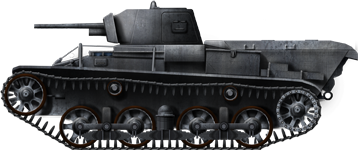
Landsverk M31 in her original test grey livery.
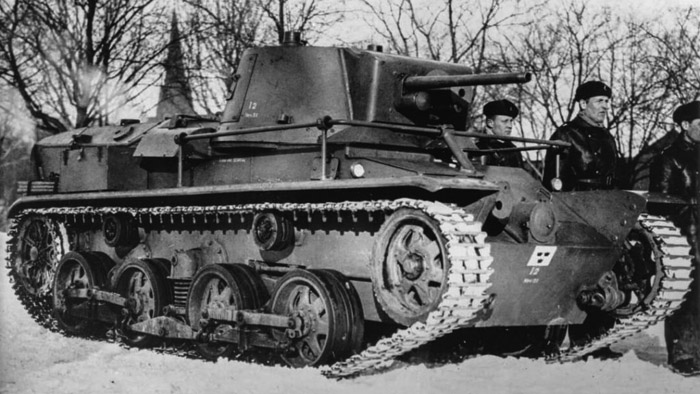
Strv m/31
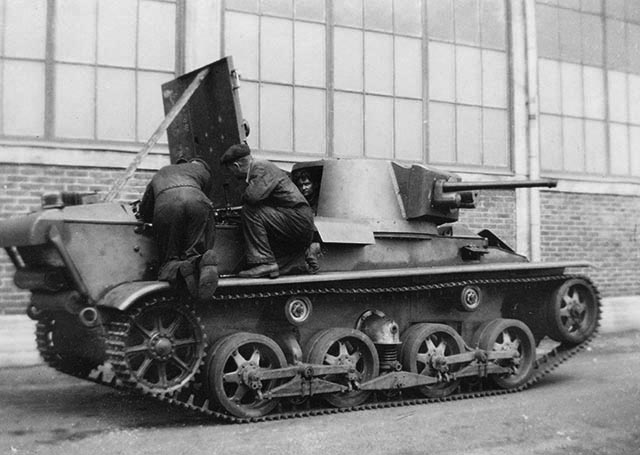
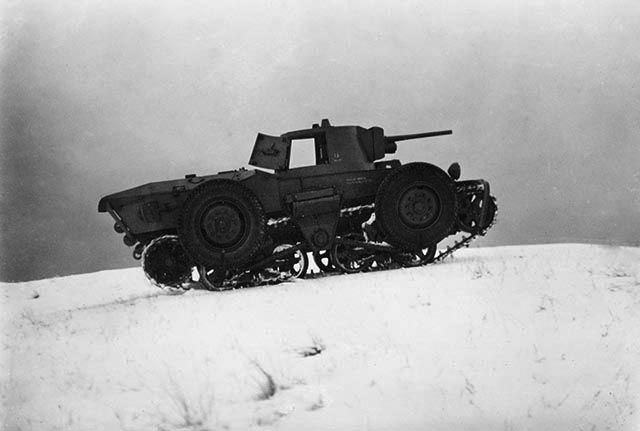
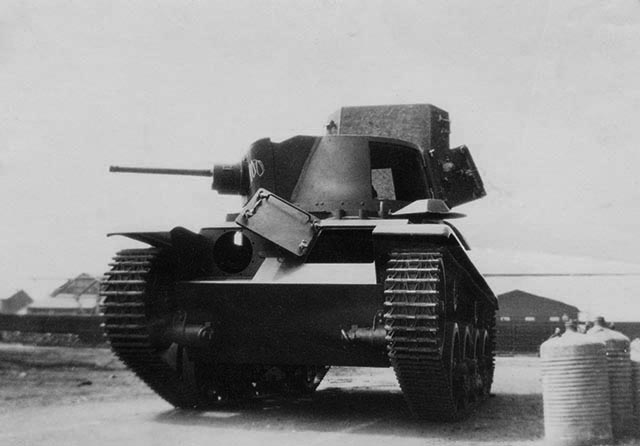
Landsverk L-10 stridsvagn m/31 Landsverk Landskrona 1935
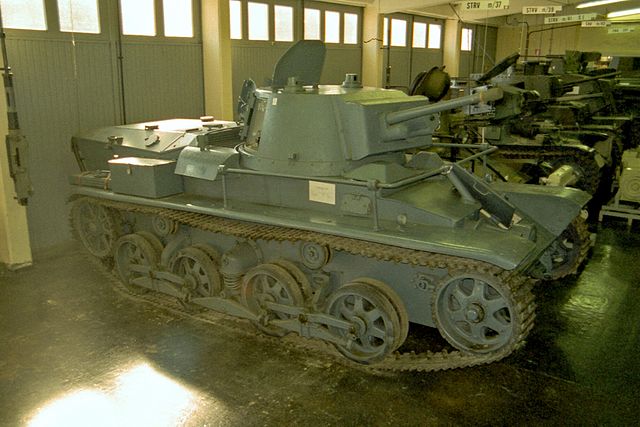
Stridsvagn m/31 at Axvall museum
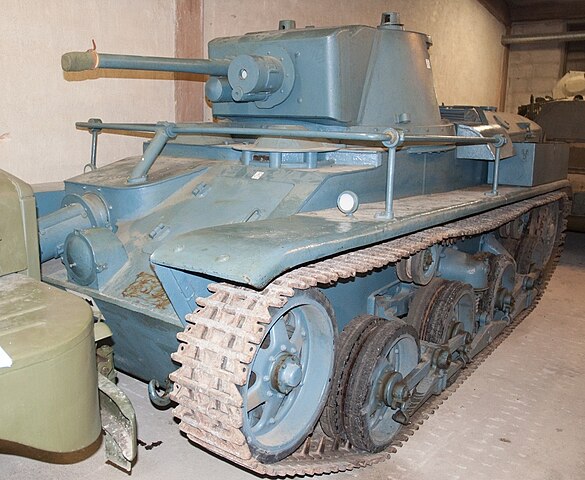
m/31 in a museum
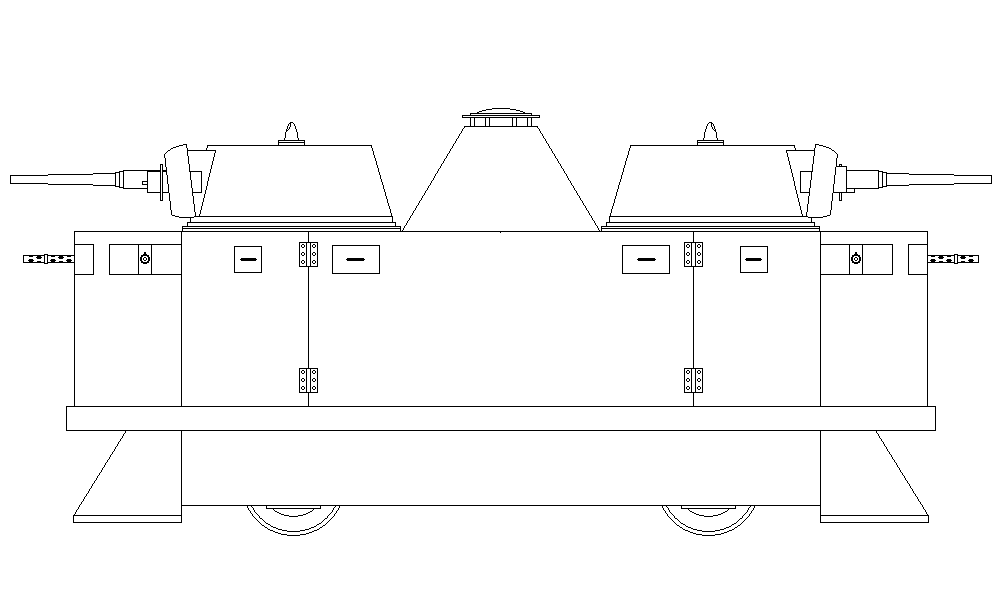
Landverk Type 321 draisines

WW2 Tanks




























WW2 tanks posters

All Tiger tanks liveries.

Panther liveries and variants

WW2 Armour - All tanks











Tanks aces and single tanks series

Find more there

Museums, Movies, Books & Games
The Tanks and Armor in pop culture
Tanks and armored vehicles in general are only really grasped when seen first person: The mass, the scale, it's all there. Explore also the way tanks were covered in the movie industry, in books and in video games.Movies:
Best tanks movie on warhistoryonline.com
On imdb.com
On bestsimilar.com/
miltours.com
liveabout.com/
watchmojo.com
Video Games:
pcgamesn.com
historyhit.com
levvvel.com
vg247.com/best-tank-games
mmobomb.com/
alienwarearena.com

